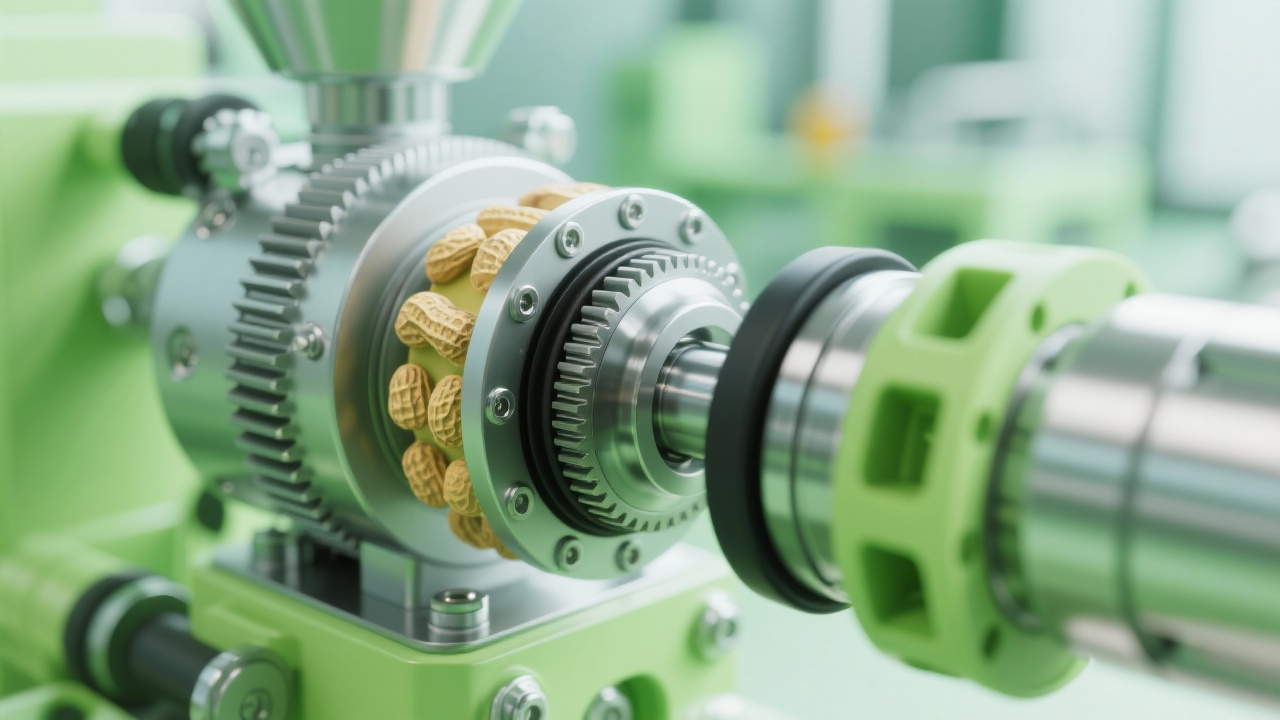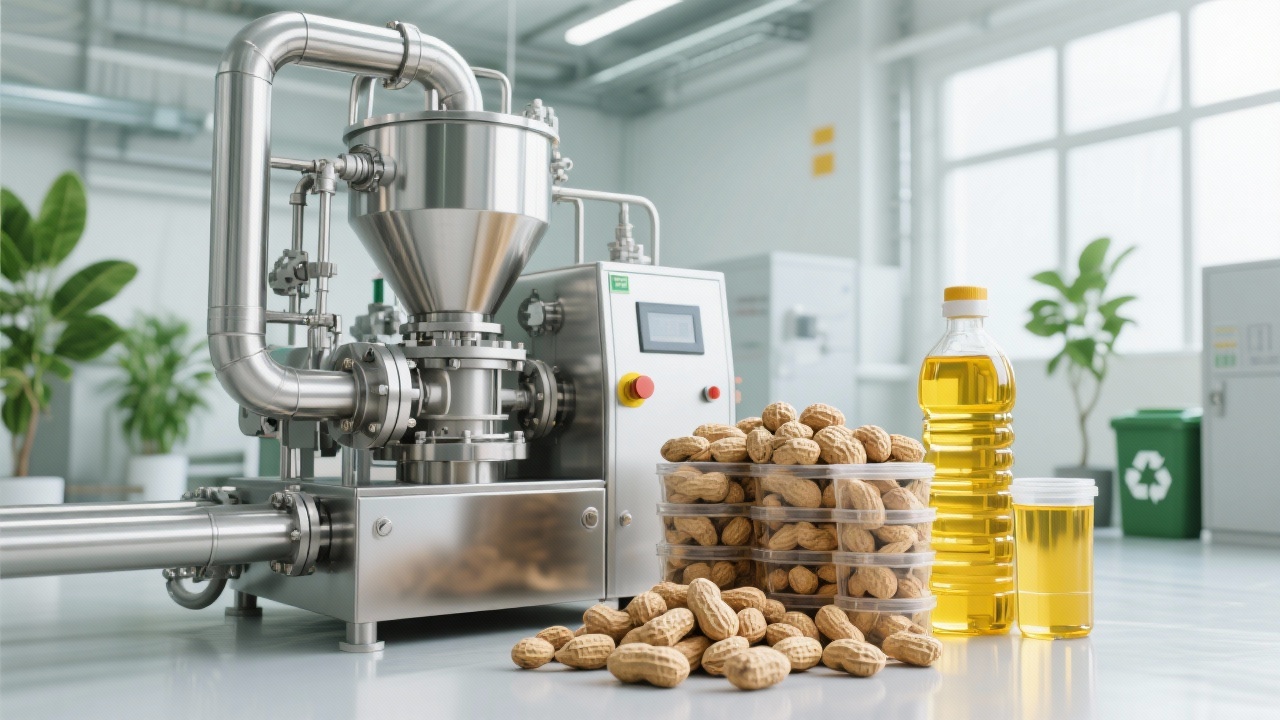
In the realm of high - end sesame oil production, the leaching and refining process holds a strategic position. It not only enhances the quality of sesame oil but also significantly improves production efficiency. According to industry data, high - end sesame oil produced through this process can command a price that is 30% higher in the market compared to ordinary sesame oil.

The leaching process starts from raw material soaking. Sesame seeds are first soaked in a specific solvent. This step is crucial as it allows the oil in the seeds to dissolve into the solvent. Then, through high - temperature extraction, the oil - rich solvent is separated. In a well - optimized leaching process, the oil extraction rate can reach up to 95%, which is much higher than traditional pressing methods.
The 'Six - Degreasing' process, including degumming, dehydration, decolorization, deodorization, deacidification, and defatting, plays a vital role in enhancing oil quality. For example, degumming can remove impurities such as phospholipids, which can improve the clarity and stability of the oil. Decolorization can remove pigments in the oil, making the oil more transparent and appealing. Each step has a specific function, and together they can significantly improve the purity and flavor of the sesame oil.

Environmental protection is an important aspect of the leaching and refining process. Solvent recovery rate is a key indicator. By adopting advanced solvent recovery technologies, the solvent recovery rate can reach over 90%, which not only reduces environmental pollution but also saves costs. Energy - saving and consumption - reducing measures, such as using energy - efficient equipment and optimizing process flow, can also contribute to environmental protection and cost - reduction.
In a real - world production scenario, a sesame oil production company optimized its leaching and refining process. After the optimization, the oil quality improved significantly, with the acid value decreasing by 20% and the peroxide value decreasing by 30%. At the same time, the production efficiency increased by 25%, and the solvent recovery rate reached 92%. This case clearly shows the benefits of process optimization.
Q: What should I do if the solvent residue in the oil exceeds the standard?
A: First, check the operation of the desolventizing tower. Make sure the temperature and pressure are within the appropriate range. Also, improve the solvent recovery process to reduce solvent residue.
Q: Why does the oil yield fluctuate?
A: The oil yield may fluctuate due to factors such as the quality of raw materials, the operation of the leaching equipment, and the extraction conditions. Regularly check the equipment and optimize the process parameters to stabilize the oil yield.

Are you looking to improve the quality and production efficiency of your sesame oil? Don't miss out on our advanced leaching and refining solutions! 立即了解我们的浸出精炼成套解决方案

